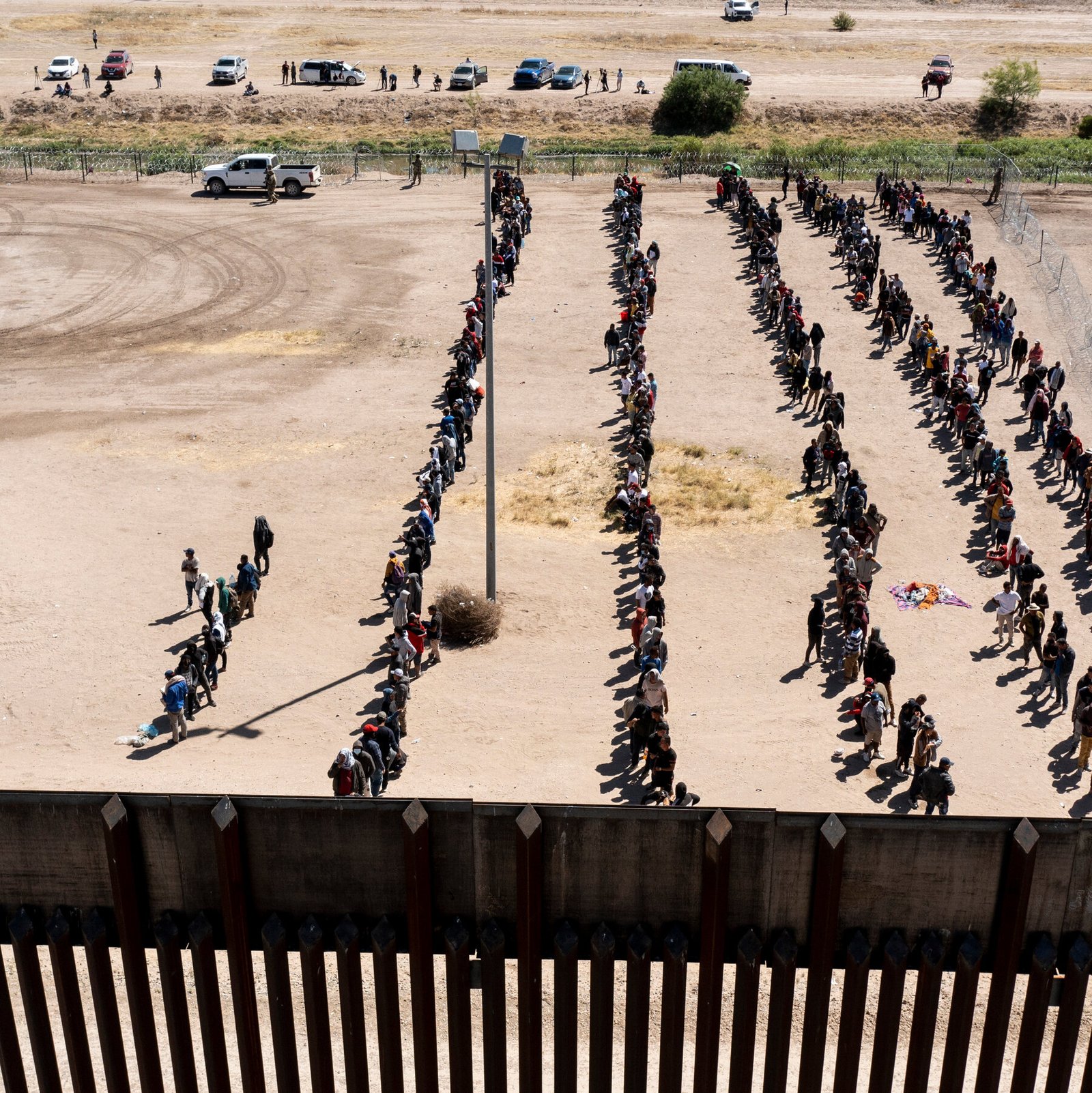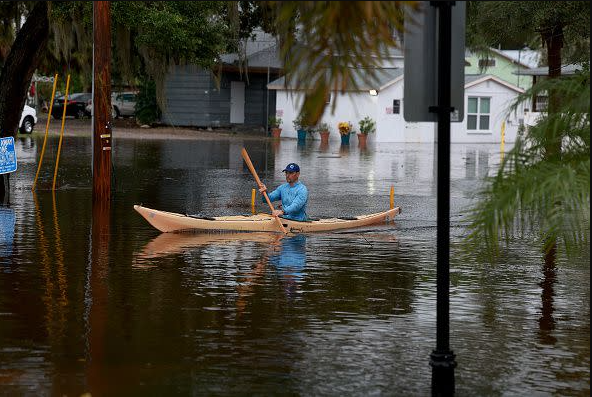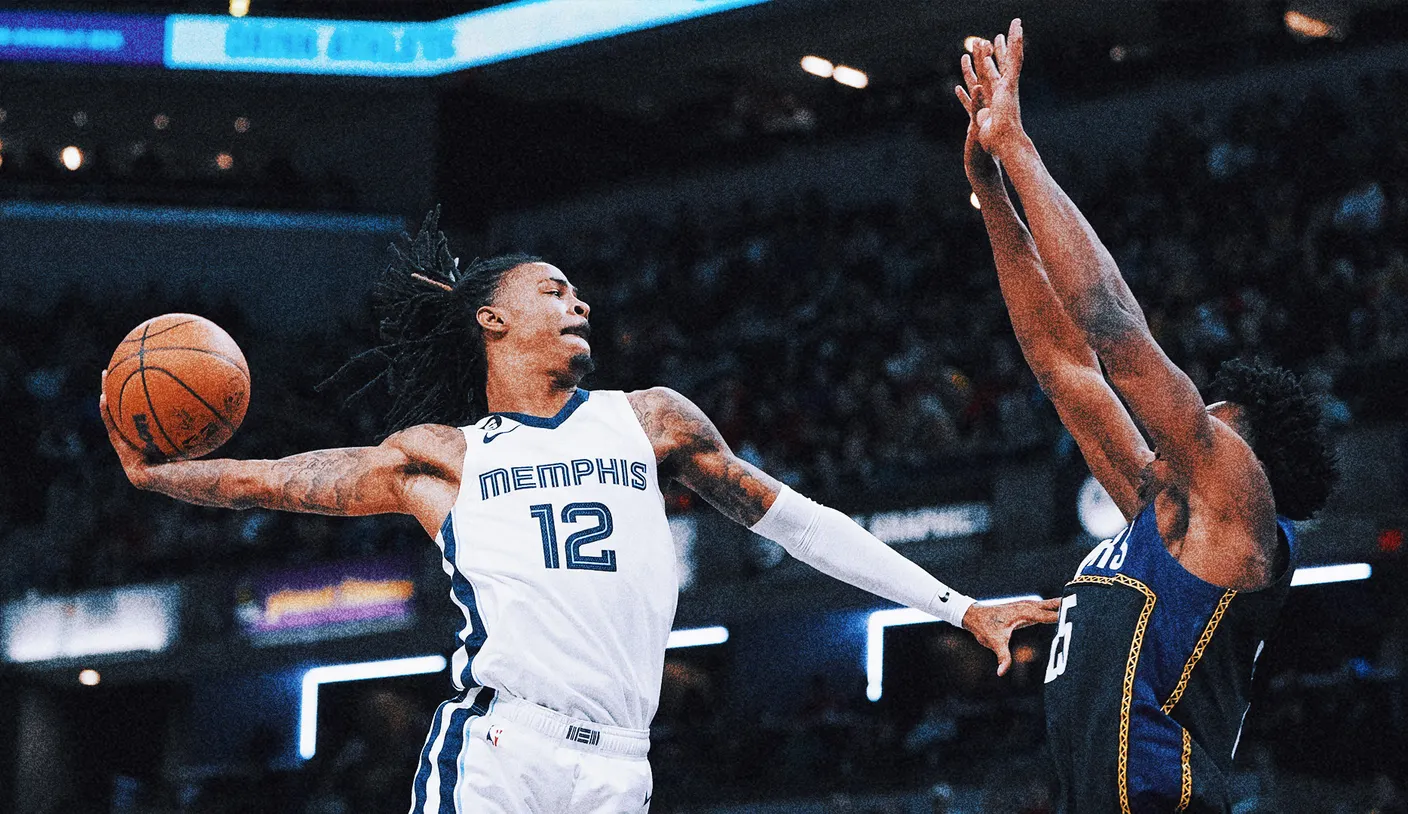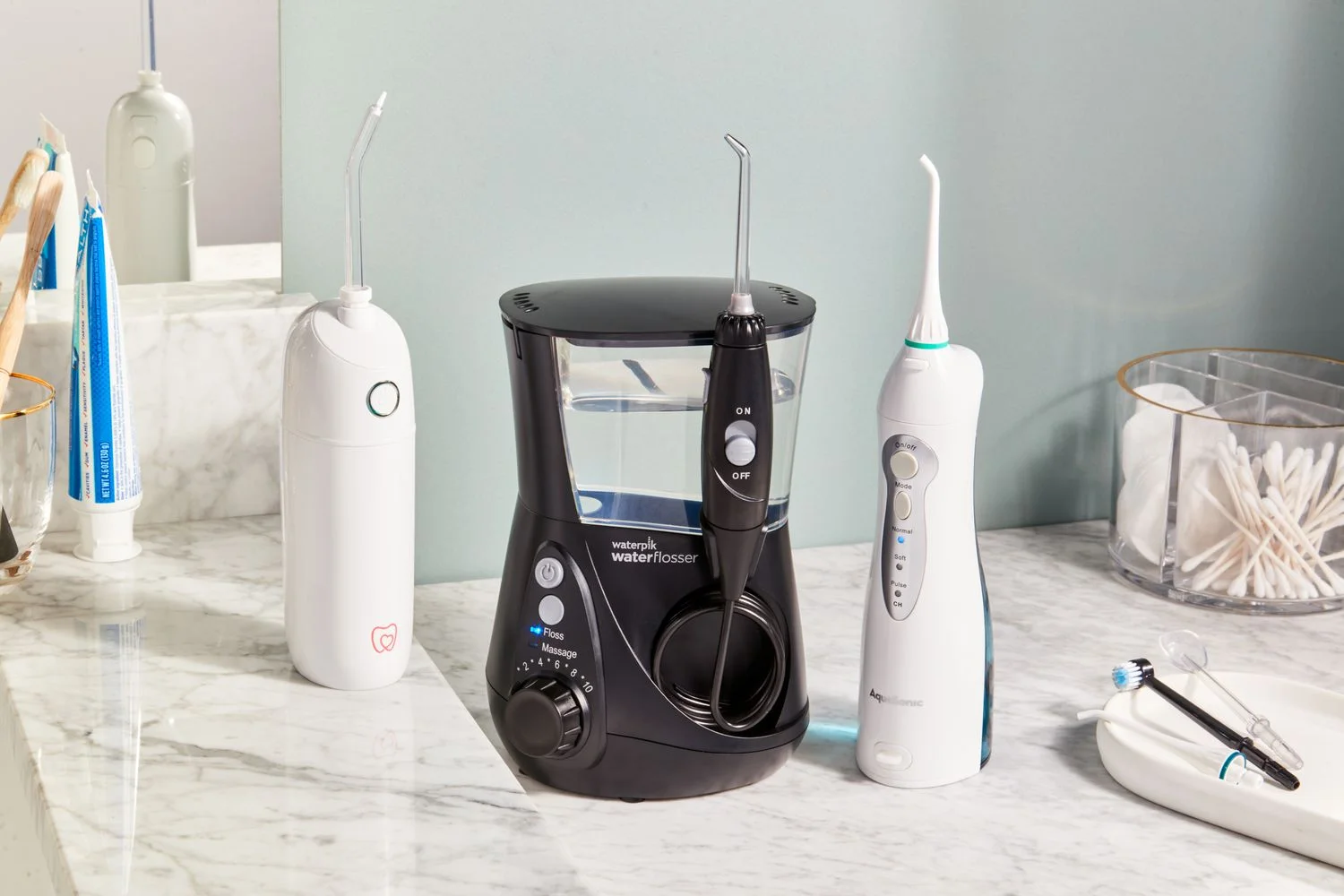What Is A Car Insurance Claim And How Is It Paid?: If you have been fortunate enough to never make an auto insurance claim, the entire insurance claim process can be confusing, and if you do not know anything about it, then it can be downright intimidating. Over 6 million passenger car accidents occur every year in the US, and if you think of it, the chances of you getting in a road accident are pretty high.
So what to do when you get in a car accident and you have the right policy for it? This article will detail everything you should know about car insurance claims, how to make one, and how it is paid. But before we get into that, let’s take a look at all the different auto insurance policies and what they cover.
Auto Insurance Coverages
Table of Contents
There are five major auto insurance policies that people get. Auto insurance policies also vary by state, so if you live in some states, you might get more options while some states have very limited options. But no matter where you live or which company you choose, these five options are always present. Let’s start with the most important and popular one.
Liability Coverage
If a road accident occurs and it is your fault, you are the one liable to pay for the medical treatments and repairs of the other driver and people involved in the accident. But what happens if you do not have the amount of money needed for the treatments and repairs?
This is the reason why you need to have a liability coverage policy with a specific minimum coverage limit in 48 states (except Virginia and New Hampshire) to legally drive a car. Since liability coverage is mandatory, it is also the most popular auto insurance policy.
Liability coverage comes with a coverage limit. It is important to understand the components of liability coverage to understand car insurance claims. There are three components that make up liability coverage; bodily injury per person, bodily injury per accident, and property damage.
Each state has its minimum coverage limit which means that your policy must be able to pay a certain amount for each of these components in an accident. Usually, the minimum coverage limit on average is around $25,000/$50,000/$25,000.
So if your liability policy has a coverage limit of 25/50/25, the auto insurance company will pay a maximum of this amount and not more, even if the cost of the accident exceeds this amount. You’re liable to pay the extra amount from your pockets.
Claiming Liability Coverage
Let’s say that you got in a car accident with another driver and it caused some injuries to your body and your car. This is a situation where you need to claim the other driver’s (driver at fault) liability policy.
The first step is to call the cops. If the cops are not involved, your claim might be rejected. So call the authorities, and then get the insurance details of the other driver. Contacting your insurance provider is also advised.
The third step is to take pictures of the accident scene, the damages to your car, and the injuries you’ve sustained. The best thing to do here would be to make a video and describe everything you remember about the accident. The insurance agent will ask you to tell about the accident in details to verify if the claim is legit or not.
After the claim has been processed and approved, you’ll get the claim amount either through a check or the insurance company will directly transfer the money to the hospital or the mechanic shop. It depends on the company and you can talk to the insurer about how you want to receive the claim amount.
Collision/Comprehensive Coverage
Two of the most important and popular optional coverage, collision coverage covers the cost of repairs to your car if you get in a collision accident with another car, or a tree or wall. Comprehensive coverage is also called “parking insurance” as it covers the cost of repairs for damages due to natural calamities such as earthquakes, floods, fires, hailstorms, etc, and human activities such as theft, riots, vandalism, etc.
Like liability coverage, these two policies also have a coverage limit. This limit is what the insurance company will pay at max during a payout. A higher coverage limit will give you sufficient coverage, but also higher costs and premium rates.
The insurance claim process for collision/comprehensive insurance is very similar to a liability insurance claim. If you get in an accident, call the cops, then your insurance company, take pictures of the accident and the damages to your car, and that’s it.
The insurance agent will look into the accident, ask a few questions, and if everything fits well, then approve the claim. You can receive the money either through a check (for example, in theft or total loss, the insurance company will reimburse you for the actual cash value of the car), or the insurer might send the money directly to the mechanic shop.
Personal Injury Protection Plan
There are 12 “no-fault” states where you need to get a personal injury protection plan. But even if you do not live in one of these states, for example, Texas, getting a personal injury protection plan is a smart thing to do. Personal injury protection plan covers the cost of medical treatments needed due to a car accident. Not just that, but it also pays for any lost wages during your treatment period.
Personal injury protection plans can be expensive, so you need to specifically search for affordable plans based on the state you live in. For example, if you live in Texas, look for the cheapest insurance providers in Texas to get the best rates.
When it comes to the claim process, again, the entire process is very similar to other auto insurance policy claims. Reporting the accident, contacting the insurance company, keeping all the medical bills and reports carefully, and finally claiming your policy. That’s all.












































